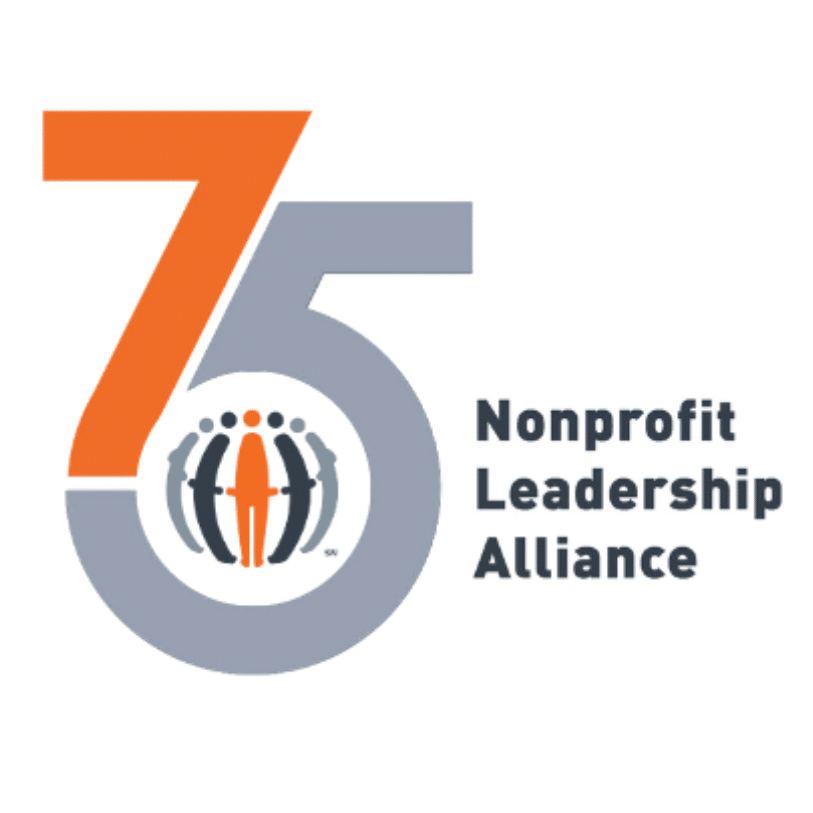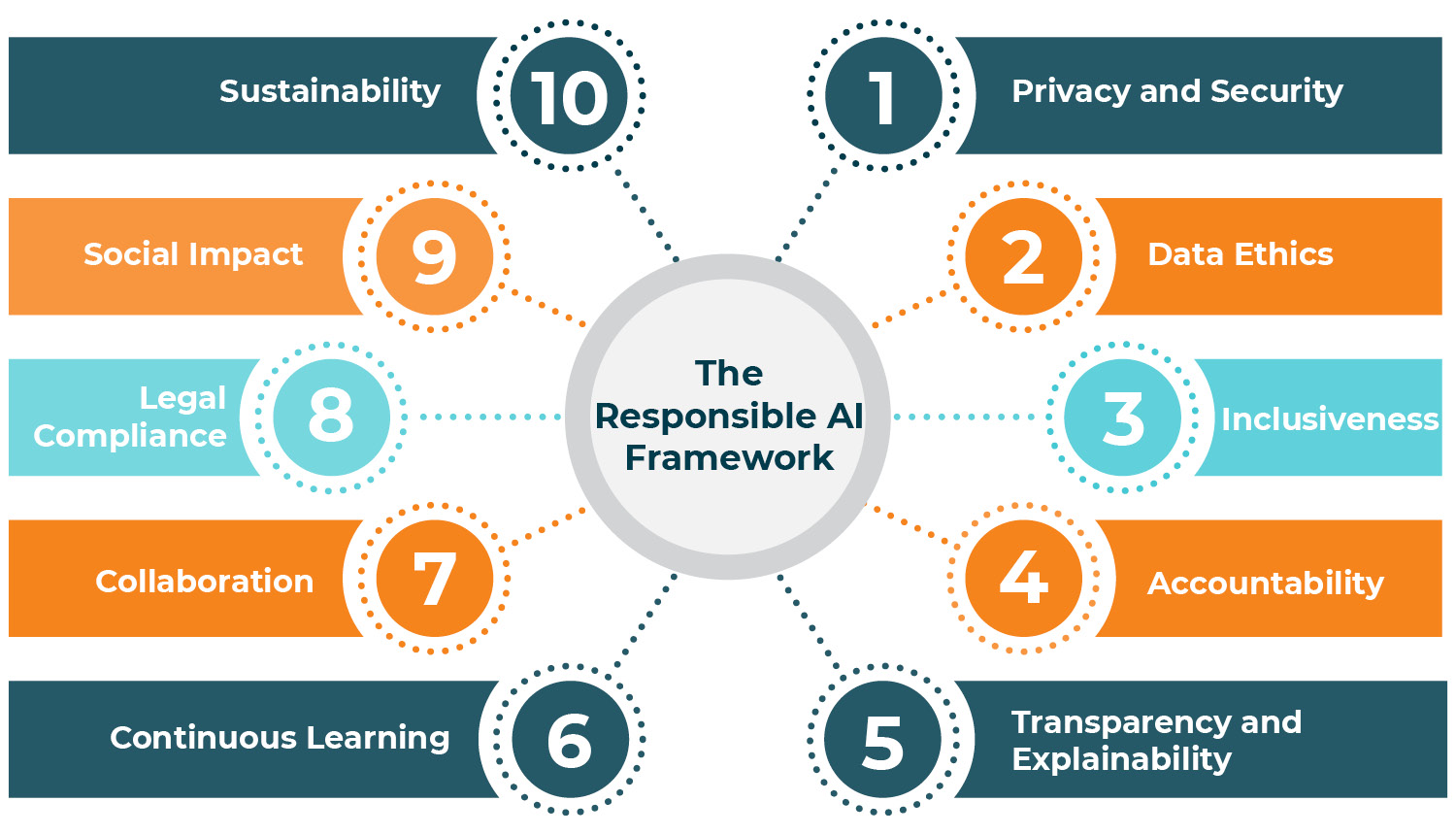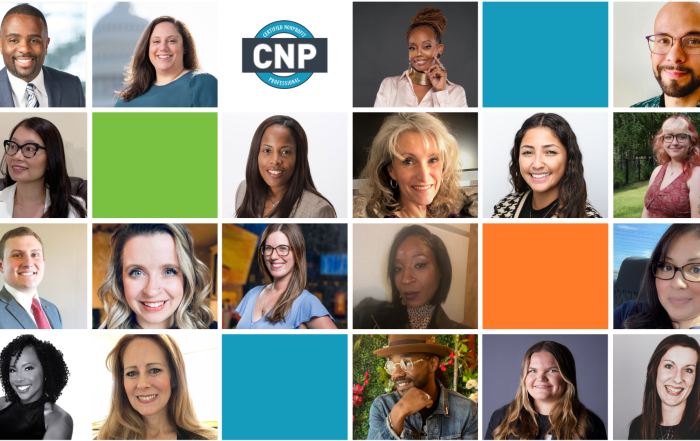Emerging artificial intelligence (AI) technologies are making waves in the nonprofit sector, and for good reason. These tools hold the potential to help nonprofit organizations do a lot of good in their communities, as they can be used for everything from taking notes in meetings to identifying new donor prospects.
However, AI also raises a lot of concerns. For instance, some worry about the increased dependency on technology over human skill. Others have pointed out that AI can put personal information at risk or even perpetuate bias and discrimination.
So, where do you find the balance? AI tools are certainly useful, but the last thing your nonprofit wants is to find itself in a situation that damages the carefully-cultivated trust between you and your supporters.
Let’s explore some strategies you can deploy that will help you adapt to the new technological landscape in a way that helps your nonprofit get real results, demonstrate that you value your relationships with supporters, and help your organization avoid risk.
1. Commit to using AI responsibly.
First, make a commitment to use AI in a responsible way. According to DonorSearch’s responsible AI guide, this means using AI in a way that is consistent with the Responsible AI Framework.
This Framework, developed by the Fundraising.AI Collaborative, can be incorporated into your organization’s operations to ensure you’re getting the most out of your AI tools while maintaining a high standard of ethical use. Here are its main tenets:
- Privacy and Security: Protect the privacy and sensitive information of donors, beneficiaries, and stakeholders.
- Data Ethics: Ensure any data used is accurate, relevant, and collected with consent.
- Inclusiveness: Monitor AI systems to ensure non-discrimination, representative data collection and usage, and inclusive impact.
- Accountability: Be accountable in aligning AI use with your mission, values, and ethics.
- Transparency and Explainability: Be open and clear about how you’re using AI. (More on this later.)
- Continuous Learning: Stay informed about the latest developments in responsible AI and deploy best practices. (More on this later, too!)
- Collaboration: Engage with fellow fundraising professionals committed to responsible AI use.
- Legal Compliance: Be aware of and abide by applicable AI laws.
- Social Impact: Maximize the positive impact of AI by focusing on how to use it to meet your community’s needs.
- Sustainability: Consider the impact of AI technologies on your community and the environment.
While it’s impossible to eliminate all risks associated with AI, by relying on the Responsible AI Framework for guidance, you’ll demonstrate to your community that you care about doing the right thing and having a positive impact on those you serve. This will strengthen the trust you share.
2. Be transparent with your community about how you’re going to use AI.
How you use AI at your organization will have a direct impact on the beneficiaries you serve, the stakeholders you report to, and the supporters who contribute to your mission. Because of this, your community has a right to know how your nonprofit is using or is planning to use AI in its operations.
Here are a few ways to put your best foot forward when it comes to AI and transparency:
- Publish your AI policies on your nonprofit’s website.
- Share regular updates in the form of blog posts, email newsletters, or social media posts that detail AI’s impact on your mission and your beneficiaries.
- In situations where you collect data from your supporters, be clear about how you’re going to use that data in your AI tools and give individuals a chance to give consent before you do so.
- Share the vendors you’ve partnered with and how their values and standards align with your nonprofit’s.
- Be clear about how you’ve trained your team to use AI responsibly and how you’re using it to make your nonprofit a better place to work.
- Ensure your contact information is accurate and accessible so that individuals can contact you if they have questions or concerns about how your organization is using AI.
Remember that transparency isn’t a one-and-done task to check off your list. Instead, you’ll need to continually engage with your community to keep them aware of the AI tools you’re using, the strategies you’re deploying, and, most importantly, how your organization is using AI in a way that aligns with its values and moves the needle on its mission.
3. Continue to evaluate your AI strategy and learn new best practices.
The nonprofit AI landscape continues to evolve, so taking a set-it-and-forget-it approach to your organization’s AI strategy could very quickly backfire.
Instead, commit to continually assessing and improving your AI strategy and keeping a pulse on what’s going on in the world of AI. This will benefit you in multiple ways:
- You’ll be able to explore and adopt new AI use cases. For example, you might discover how AI can help you with grant seeking, social media management, or website content creation.
- Your nonprofit will stay clued into emerging AI regulations. Since AI is so new and changing every day, regulating its use and putting rules into place that protect people is an ongoing effort, but an important thing to stay aware of to protect your organization from risk.
- Your organization will stand out for its innovative and creative use of technology. Nonprofits that understand the potential of AI and how to use it responsibly will have an advantage down the road as AI tools become more and more ubiquitous in the world of fundraising.
Framing your use of AI as something you’re consistently refining over time will ultimately help you show your community that keeping up with new technological trends and strategies is the best move for your organization and its cause.
Using AI and maintaining trust with your community doesn’t need to feel like a precarious walk on a tightrope! By committing to the responsible use of AI, being transparent with your community about how you’re using AI in your operations, and continually evaluating your strategy and learning new best practices, you can maintain—and even strengthen—the relationships that make your nonprofit’s work possible.
Did you enjoy this story?
Get nonprofit tips and tools delivered right to your inbox by joining The Nonprofit Leadership Alliance Newsletter. Our bimonthly newsletter will make sure you know what’s happening with our network of social sector leaders.
Uplifting Middle Tennessee: Nicole Olivia Rose’s Dedication to Nashville
In the heart of Nashville’s nonprofit sector, you can find Nicole Olivia Rose, CNP (Certified Nonprofit Professional). This exclusive interview gives us a peek into her inspiring career journey and the profound impact one individual
58 Reach Midway Point in Nationally Recognized Nonprofit Training Program
In the nonprofit sector, effective leadership plays a vital role in bringing about significant change. The Certified Nonprofit Professional (CNP) program, administered by the Nonprofit Leadership Alliance, proudly recognizes the hard work of the 58
Leveraging AI in Social Work: A Pathway to Empowering Vulnerable Populations
The intersection of Artificial Intelligence (AI) and social work is guiding a new era of technological transformation, promising to revolutionize how social services are delivered to the most vulnerable sectors of society. AI's predictive analytics,




